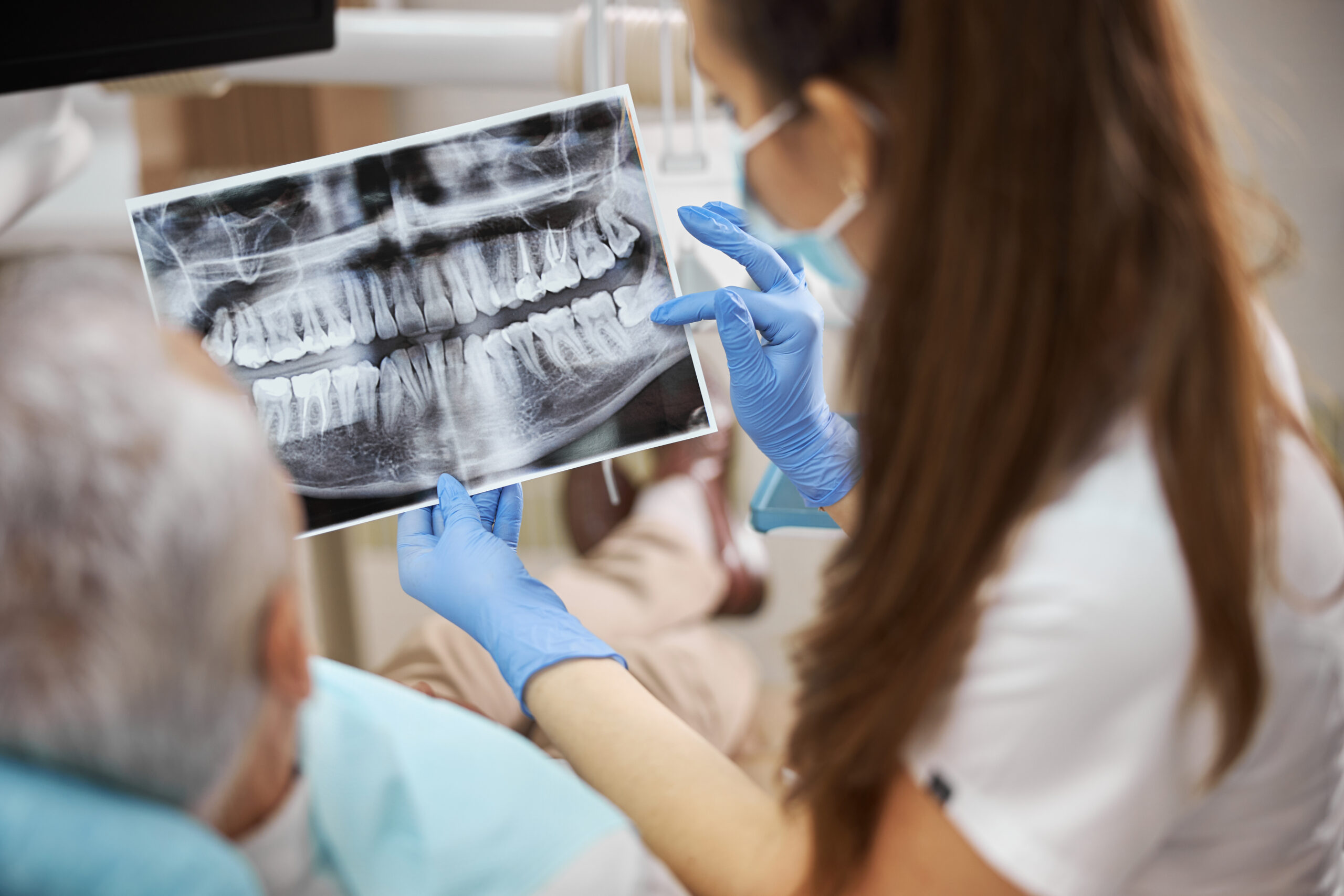When people think of going to the dentist, they often picture fillings, root canals, or whitening treatments. But the heart of dentistry—the part I’m most passionate about—is something far simpler and far more powerful: prevention.
As a general and cosmetic dentist, I’ve seen firsthand how educating patients and focusing on prevention can change not just their smiles, but their overall health and quality of life. Preventive dentistry isn’t just about avoiding cavities—it’s about empowering people with the knowledge and tools they need to stay healthy for life.
Why Prevention Matters More Than You Think
The old saying “an ounce of prevention is worth a pound of cure” couldn’t be more true in dentistry. Many of the major dental issues we treat—like tooth decay, gum disease, and tooth loss—are largely preventable. And yet, I still see patients every week who are dealing with pain, infection, or embarrassment that could have been avoided with earlier intervention.
When we educate patients about daily habits, nutrition, and regular checkups, we’re not just helping them avoid problems—we’re helping them gain control over their health. Preventive care is more affordable, less invasive, and far less stressful than treatment after problems develop.
It All Starts with Education
One of the biggest misconceptions I run into is that brushing twice a day and flossing occasionally is enough to guarantee a healthy mouth. The truth is, oral health is about much more than just brushing. It involves technique, consistency, diet, hydration, genetics, and even lifestyle choices like smoking or stress levels.
In my practice, I take the time to teach—not lecture—patients about what’s really going on in their mouths. I show them their X-rays, explain how plaque builds up, and talk about how gum disease can affect their heart or blood sugar levels. I walk them through the right way to floss and talk about the role of calcium, vitamin D, and water intake in dental health.
When people understand the “why” behind the advice, they’re far more likely to follow through. And when they see how small changes can make a big difference, they feel empowered instead of overwhelmed.
Early Visits Make a Lifelong Impact
One of my favorite parts of my job is working with children. Early dental visits are a golden opportunity—not just to check for cavities, but to build trust and start good habits early. When kids have positive, educational experiences at the dentist from a young age, they grow up with far less fear and a much better understanding of how to care for their teeth.
We use these visits to talk about brushing like a superhero, choosing tooth-friendly snacks, and how to spot sugar hiding in juice boxes or gummy vitamins. It might seem small, but these early conversations can shape a child’s relationship with oral health for life.
Prevention Is for Everyone
Preventive dentistry isn’t just for kids or people with perfect teeth. It’s for everyone. Whether someone has a mouth full of crowns and fillings or is trying to avoid their first cavity, prevention is the path forward.
I’ve had patients in their 50s and 60s tell me, “I wish someone had explained this to me years ago.” And while we can’t turn back time, we can absolutely prevent future issues. I work closely with patients to create realistic routines, talk about options like fluoride or sealants, and schedule regular cleanings and checkups to catch problems early.
Even patients with dental anxiety benefit from a preventive approach. The more often you come in, the more comfortable you become—and the fewer surprises you encounter.
Community Education and Outreach
I’m also a big believer in taking education beyond the walls of my office. That’s why I volunteer in local schools and community health fairs, and why I support organizations that provide dental care and education to underserved populations.
It’s heartbreaking to know how many people avoid the dentist simply because they don’t understand the importance of oral care or believe they can’t afford it. But when we meet people where they are and share knowledge in a kind, accessible way, we can begin to change that.
I’ve seen people go from avoiding cleanings for 10 years to becoming regular, enthusiastic patients—just because someone took the time to explain things clearly and compassionately.
The Big Picture: Oral Health Is Whole Health
Another major part of preventive dentistry is helping patients understand that oral health is connected to overall health. Gum disease has been linked to heart disease, diabetes, and pregnancy complications. Infections in the mouth can spread to other parts of the body. And something as simple as dry mouth or bad breath can be a sign of a bigger medical issue.
When patients learn how their oral health fits into the big picture, they become more motivated to care for their teeth—not just for a great smile, but for a healthier life.
Final Thoughts: Empowerment Through Education
If there’s one message I hope every patient takes away from my care, it’s this: you have the power to protect your smile. You don’t need perfect teeth or expensive procedures to have a healthy mouth. You need consistency, good habits, and the right support.
Preventive dentistry is about more than cleanings—it’s about empowering people to take charge of their health with confidence and clarity. And as a dentist, there’s nothing more rewarding than watching that transformation happen.
Let’s keep learning, growing, and smiling together.
